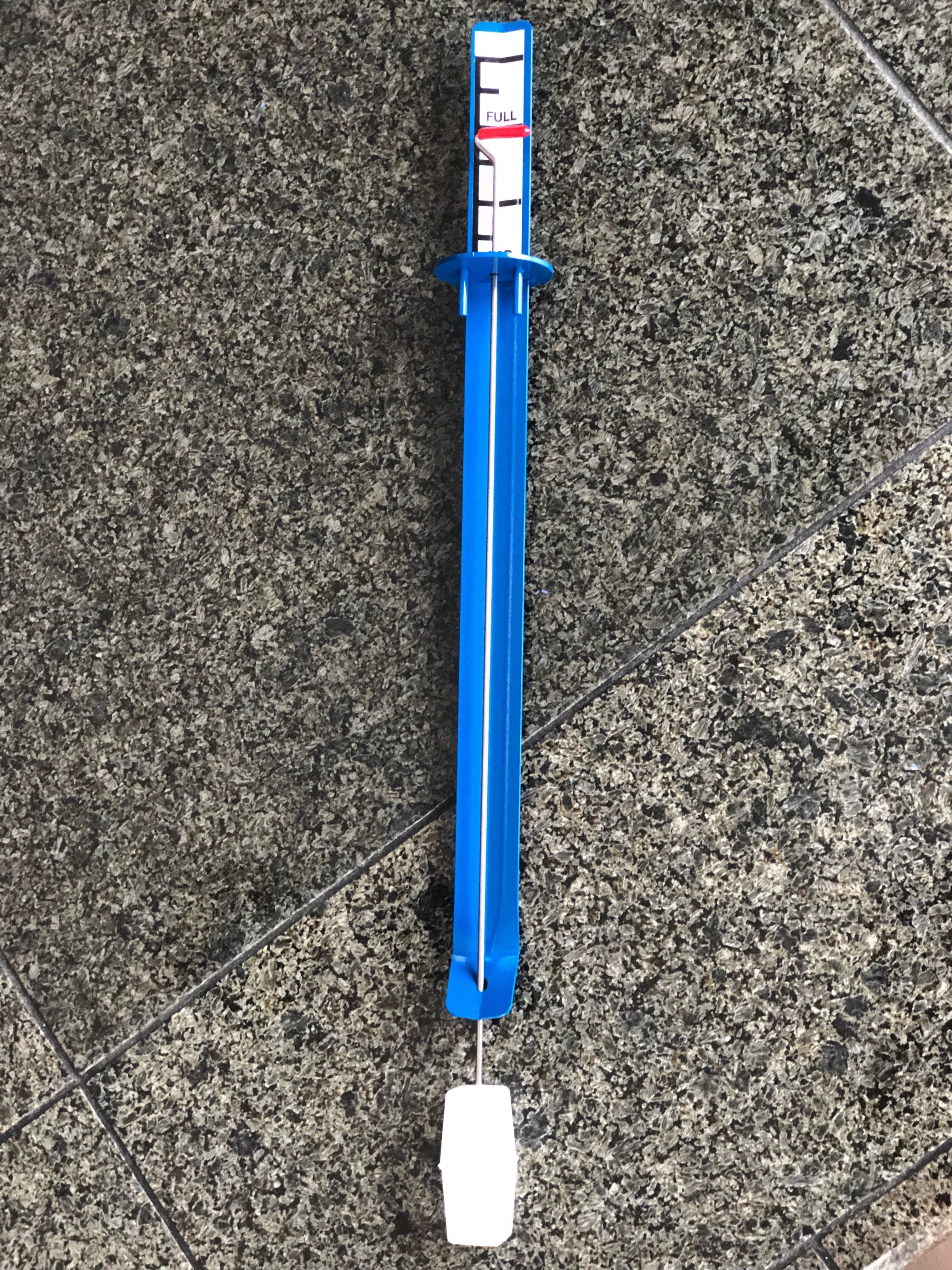
Water level indicators play a crucial role in managing water resources, especially in regions that are prone to extreme weather patterns such as droughts and floods. These indicators provide valuable information about the status of water bodies, helping authorities make informed decisions to ensure the sustainable and efficient use of water resources. In this article, we will explore how water level indicators are used to monitor and manage water resources in the face of changing environmental conditions.
One of the primary challenges faced by water resource managers is dealing with droughts. Periods of drought can have devastating effects on water bodies, leading to decreased water levels and drying up of rivers, lakes, and reservoirs. Water level indicators are used to monitor the changes in water levels, providing early warnings of potential water shortages. By tracking water levels over time, authorities can implement water conservation measures, such as restrictions on water usage and increasing the efficiency of irrigation systems, to mitigate the impacts of droughts.
On the other end of the spectrum, water level indicators also play a crucial role in managing floods. Heavy rainfall and melting snow can lead to rapid increases in water levels, posing a threat to communities living near rivers and other water bodies. Water level indicators help authorities monitor rising water levels in real-time, allowing them to issue timely flood warnings and evacuate residents from high-risk areas. By keeping a close eye on water levels, authorities can also make informed decisions about when to release excess water from reservoirs to prevent catastrophic flooding downstream.
In addition to monitoring water levels in natural water bodies, water level indicators are also used in man-made reservoirs and dams. These structures play a key role in storing water for irrigation, drinking water supply, and hydropower generation. By using water level indicators to monitor the water levels in reservoirs, authorities can ensure that water is being managed efficiently and sustainably. For example, by maintaining optimal water levels in reservoirs, authorities can ensure a stable water supply for agriculture and urban areas, as well as generate electricity through hydropower without causing downstream flooding.
Advancements in technology have also made water level indicators more accurate and reliable than ever before. Remote sensing technologies, such as satellites and drones, are now being used to monitor water levels in real-time over large areas. These technologies provide a wealth of data that can be used to create detailed water level maps, identify trends in water levels, and predict future water availability. By combining this data with traditional water level gauges and sensors, authorities can make more informed decisions about water resource management and planning.
Water level indicators are also important tools for assessing the impact of climate change on water resources. As global temperatures rise, changing precipitation patterns are leading to more frequent and severe droughts, floods, and other extreme weather events. Water level indicators help authorities track these changes and adapt their water management strategies accordingly. By staying ahead of the curve and implementing proactive measures to cope with the impacts of climate change, authorities can ensure the long-term sustainability of water resources for future generations.
In conclusion, water level indicators are invaluable tools for managing water resources in the face of changing environmental conditions. From monitoring water levels in natural water bodies to man-made reservoirs and dams, these indicators provide essential information that helps authorities make informed decisions about water resource management. By using advanced technologies and data-driven approaches, authorities can ensure the sustainable and efficient use of water resources, even in the face of droughts, floods, and other challenges posed by climate change.